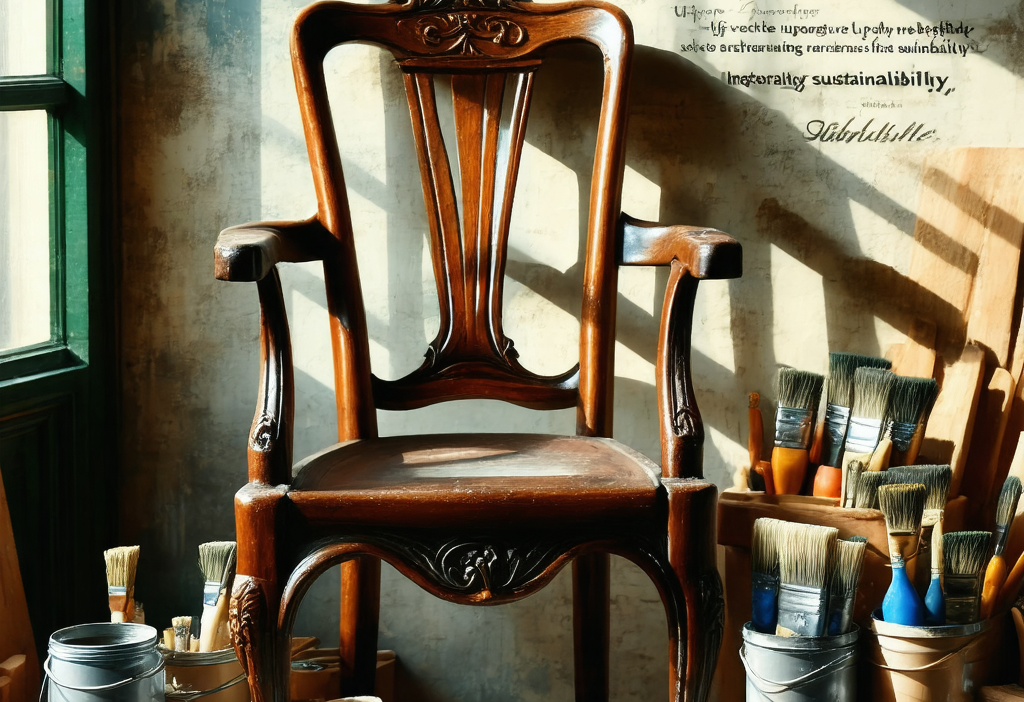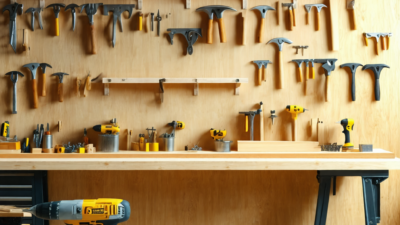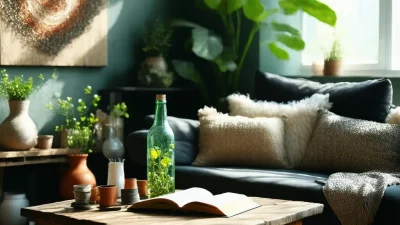Why Upcycle? Redefining Old into New
Furniture upcycling is more than just a trend; it’s a movement toward sustainability and creativity. Imagine taking that old, worn-out chair from your attic and transforming it into a stylish centerpiece for your living room. It sounds almost magical, but with the right approach and tools, it’s entirely achievable.
Understanding Upcycling: The Basics
Upcycling isn’t about recycling; it’s about repurposing. Unlike recycling, which breaks down materials into raw forms, upcycling breathes new life into existing items without degrading their quality. This approach is perfect for those who love the idea of DIY projects but want something more impactful than a simple paint job.
Why Upcycle Furniture?
There are several compelling reasons to consider upcycling furniture:
- Saves Money: Instead of buying new, invest in transforming what you already have. Perfect for tight budgets or eco-conscious shoppers.
- Promotes Sustainability: Reduces waste and lowers your carbon footprint by extending the life of existing materials.
- Encourages Creativity: It’s a blank canvas waiting for your unique touch. Whether you’re going for a rustic, modern, or bohemian vibe, the possibilities are endless.
- Adds Character: Upcycled pieces often have a story, making them stand out in any room and adding a personal touch that’s hard to replicate.
Choosing the Right Pieces for Upcycling
Not every piece of furniture is a candidate for upcycling. Here’s how to choose wisely:
- Assess Structural Integrity: The piece should be sturdy enough to handle new modifications. A wobbly table might not be the best project.
- Consider Material: Solid wood is ideal, but metal and even plastic can work with the right techniques.
- Think About Style: Does it have potential for your desired aesthetic? A floral patterned sofa could become a modern marvel with the right fabric or paint job.
Essential Tools for Your Upcycling Toolkit
To get started, gather these essentials:
- Sandpaper (various grits)
- Paint and brushes (consider eco-friendly options)
- Fabric or vinyl for covering
- Wood filler or epoxy for repairs
- Measuring tape and basic carpentry tools
Step-by-Step Upcycling Process
1. Clean and Prepare: Start by removing dust and dirt. Sand rough edges or surfaces to create a smooth base for paint or fabric.
2. Repair Damage: Use wood filler or epoxy to fix any chips, dents, or cracks. Allow it to dry completely before proceeding.
3. Add Color: Choose a color that complements your space. For a bold look, consider an unexpected shade like emerald green for a classic oak chair.
4. Refinish or Reupholster: If you’re working with fabric, remove the old material and replace it with something vibrant or patterned.
5. Add Finishing Touches: Decorate with stencils, decals, or hardware to give your piece a unique flair.
Inspiration: Creative Upcycling Ideas
1. Chair Makeover: Turn an old dining chair into a statement piece by painting it in bold colors and adding fabric cushions.
2. Coffee Table Transformation: Sand down a vintage coffee table, then distress the edges for a rustic look. Add casters for functionality.
3. Storage Solutions: Repurpose an old dresser into a sleek storage cabinet by refinishing it and adding modern hardware.
Tips for Success
– Start small with less ambitious projects until you gain confidence.
– Don’t be afraid to experiment with unusual materials or techniques.
– Take before-and-after photos to document your journey and share your successes!
Conclusion: The Joy of Upcycling
Upcycling furniture is a rewarding way to combine creativity, sustainability, and practicality. It’s about seeing potential in the overlooked and turning it into something extraordinary. So why not dive in? With these tips and tools, you’re ready to transform your old furniture into timeless pieces that reflect your unique style. Happy upcycling!





